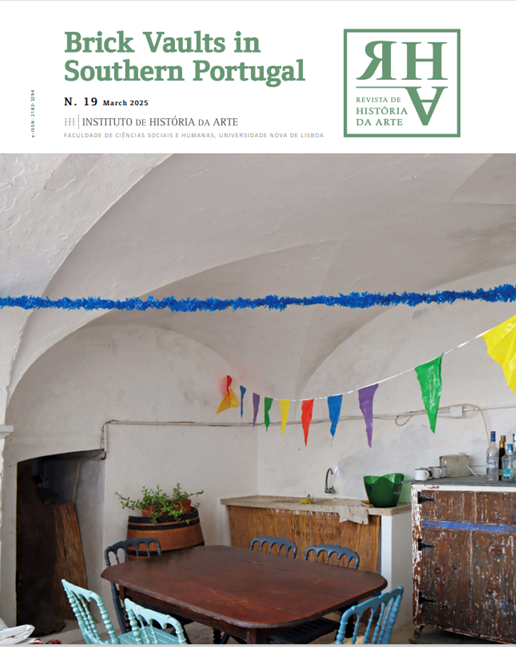Types of vaults in southern Portuguese architecture
DOI:
https://doi.org/10.34619/u6u1-c4cuAbstract
Much of the literature on Portuguese vernacular architecture has conveyed the notion of a ‘vaulted south’, understood as the territory where a certain roof-building technique is preferentially used across all building typologies. In Portugal, the massive presence of vaulted houses in the Alentejo and Algarve is practically common knowledge, but scientific research on this topic is only slowly expanding. Other than the prevalence of timbrel vaulting and the ubiquitous use of clay brick, key characteristics of these traditional structures remain mostly unexamined, such as their true quantity and geographic distribution, their formal and constructive variety, their relation to spatial functions, and their symbolic significance. As for the origin and chronology of these vaults, explanatory myths persist in the absence of conclusive evidence.






